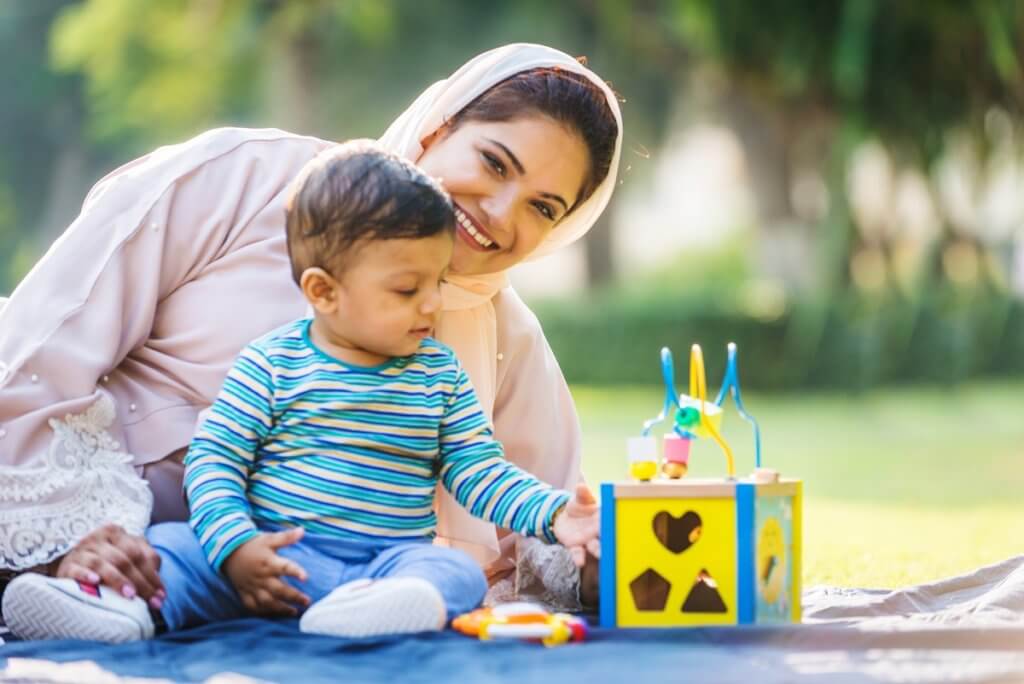Before digging into specific emotional co-regulation strategies, it is important to understand just what emotional co-regulation means.
What Is Emotional Co-Regulation?
The approach to process and managing emotions in children can be broken down into two main types. There is self-regulation, which is when the child identifies, processes, and moves through the emotion themselves without any outside help. For example, the child recognizes their emotion as frustration. They take deep breathes and remove themselves from the situation until the emotion has passed.
Co-regulation, sometimes also referred to as mutual regulation, is when another person steps in to help the child identify and process the emotion. In this scenario, you can assume the outside entity is you—the parent or guardian.
For many toddlers, they haven’t yet learned how to self-regulate. Co-regulation is a fantastic tool to help them learn the skills to identify, process, and manage their emotions.
Co-regulation can be particularly helpful for neurodivergent children with conditions like autism that may struggle more with regulating and expressing their emotions.

Ideas for Emotion Co-Regulation With Toddlers
1. Emotional Modeling
When a toddler is throwing a tantrum, it can feel natural to match their high energy in an effort to dissolve the situation. Emotional modeling is the idea that we should model the calm behavior that we want to see in the child, instead of mirroring their energy.
2. Give Them a Hug
Create a break or pause in the emotional outburst with a calm hug. Not only does this help the child pause, but it also reinforces your love and stability.
3. Get on Their Level
Standing over the child creates an uneven power dynamic. Instead, get down to the child’s level to instill a more calm balance. From there you can do other co-regulating strategies.
4. Help Them Name Their Feeling
In the moment, ask the child what they are feeling. If they struggle with naming their emotions, you can utilize flash cards or games to identify the emotions and how they feel. After some practice, the child will be able to name their emotion in the moment.
5. Remove the Trigger
If you know your toddler struggles with crowds, loud noises, or other environmental triggers—remove them during an outburst. This could mean taking them to somewhere they can be alone for a moment. If that’s not possible, helping them to close their eyes and cover their ears could be enough of a sensory break to calm them down.
Implementing co-regulation strategies with your toddler will be invaluable throughout their life. Regulating emotions is such a huge part of being a human. If you have additional questions about your toddler, feel free to reach out to us at WFMC Health to schedule an in-office or telehealth appointment.
Do you have more questions about keeping your child healthy in Salem Oregon? Contact our friendly staff at WFMC Health or become a new patient today!